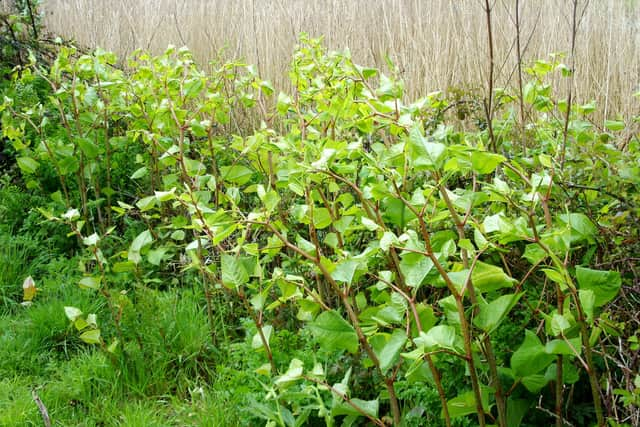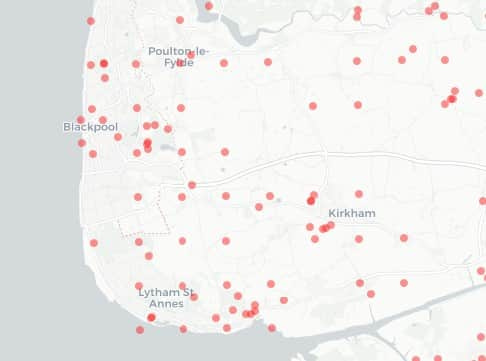Map shows Japanese knotweed hotspots in Blackpool: What it looks like and how to get rid of it
and live on Freeview channel 276
Japanese knotweed can grow up to 10 centimetres a day, pushing through cavity walls, drains and cracks in concrete.
It can be difficult to remove, and is thought to cost the economy millions every year.
The plant has been seen almost everywhere, and is known to be spreading across large swathes of land.
It is believed that Japanese knotweed was originally imported into the UK from Japan back in the nineteenth century, when engineers thought it would stabilise and beautify railway embankments.


There are approximately 39 reported knotweed cases have been reported in Blackpool, Environet's interactive map shows.
Residents can also check hotspot areas using Horticulture Magazine's interactive map.
Users can enter their postcode directly into the map to discover the number of resolved and live cases of Japanese knotweed.
With a total of 3,530 known infestations across Lancashire, there are 1.1 occurrences of Japanese knotweed in every 1 km².
Click HERE to access the map.


Nic Seal, founder of Environet, said: "Vigilance is the best way to protect your property from the risks posed by Japanese knotweed.
"Make sure you know what knotweed looks like and how it differs from other common garden weeds like ivy and bindweed, so you can keep an eye out for it in your garden and neighbourhood.
"There are lots of horror stories out there but with professional help, knotweed can be successfully treated and a property’s value can be largely restored."
What is Japanese knotweed?
Japanese knotweed is a type of invasive plant species notorious for its propensity to spread, causing damage to building structures and costing up to tens of thousands of pounds.
“In winter, the plant dies back to ground level but, by early summer, the bamboo-like stems emerge from rhizomes deep underground to shoot to more than 2.1m (7ft), suppressing all other plant growth,” explains the Royal Horticultural Society (RHS).
The weeds are almost impossible to remove by hand or eradicate with chemicals.
What damage does Japanese knotweed cause?
The weeds are known to block pipework and go on to clog sumps and drainage pits.
Water pipes and cabling are other underground infrastructures susceptible to damage in its wake.
What does Japanese knotweed look like?
Signs you may have Japanese knotweed include:
Zigzag stemsLush green-colour leavesShield-shaped leaves with flat basesBamboo-style stemsRed-tinged shootsFound in dense clumpsIn July, it will sprout clusters of white flowersBetween September and November, it will leave brown stems once the leaves have died back
What to do if you think you have the invasive plant
Email a photo of the plant to Environet’s free ID service at [email protected]
Commission a professional Japanese knotweed survey to confirm the extent of the infestation, where it originated and the best way to treat it.
Put a professional treatment plant in place with an insurance-backed guarantee.